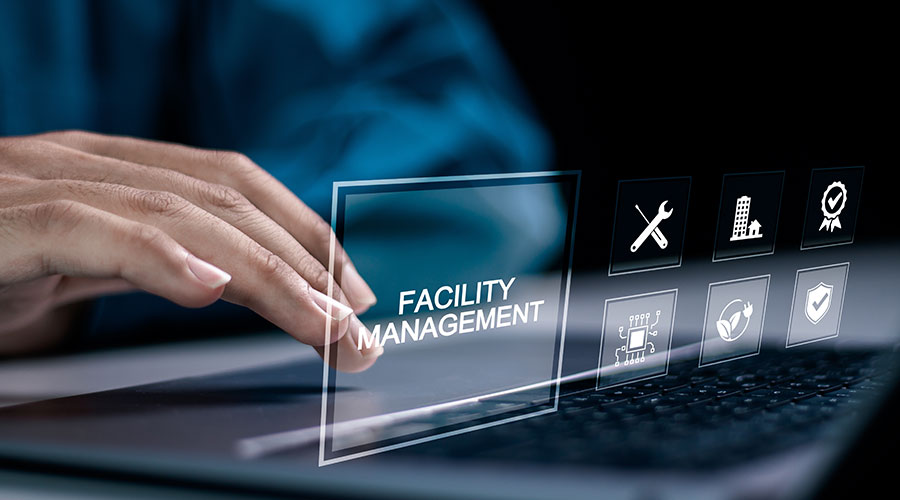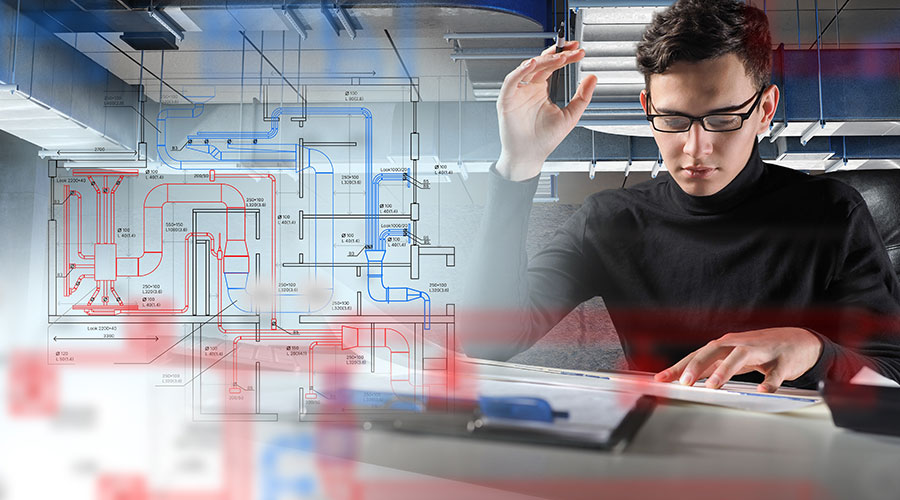Key topics for facility professionals. Keywords for this topic: Green roofs, garden roofs, intensive green roofs, extensive green roofs
Compiled by FacilitiesNet Staff
Extensive or Intensive? Green roof systems come in a variety of shapes and sizes, but they carry multiple benefits. Though they can cost more than a traditional roof, a green roof system can reduce heat loads, reduce stormwater runoff, lower cooling costs, and help reduce the heat island effect in cities.
There are two general types of green roof systems: extensive and intensive.
Intensive green roofs, commonly thought of as “garden roofs,” are the more complex of the two, exhibiting much greater plant diversity, and a greater need for design expertise, experts say. Planting media for intensive green roofs are a foot deep at minimum, and have saturated weights ranging from 80 to 120 pounds per square foot, depending on type and depth of planting medium and the type of plants. Almost always used for new construction, intensive green roofs can be anything from a public garden to an entire park — as is the case with the world’s largest green roof, Millennium Park in Chicago, which is 24.5 acres of landscaping on top of two subterranean parking garages.
Extensive green roofs, with a saturated weight of 12 to 50 pounds per square foot, are the most common. With planting media of 1 to 5 inches thick, most extensive green roofs are not designed for public access or to be walked on any more than a typical membrane roof. Several modular extensive green roof products have emerged in the last few years that allow plants to be grown at the factory prior to actually being installed on a roof.
Even though they are lighter than intensive roofs, extensive roofs shouldn't be assumed as an automatic fit on every roof. Blanket statements about structures that definitely can or cannot support a green roof are difficult. Many structures actually will be able to support a green roof without any beefing up.
Start with a structural evaluation. You need to know the structural loading capacity because if structural upgrades are required, they’re usually cost-prohibitive.
Green Roof Systems: The Planting Details
Experts’ advise choosing self-sustaining plants whenever possible. Just like landscaping, make sure you’re looking for vegetation appropriate for that locale. You really should be looking for vegetation that doesn’t require irrigation.
There are multiple reasons for this — first and foremost of which is that maintenance is avoided. The less often crews have to go up to the roof to water and pick dead plants, the more time they have for other facility functions. Additionally, a University of Texas study reports that a green roof’s ability to cool interiors and retain water improved when plants native to the area were used. Then there’s the avoided cost of the irrigation water. Finally, some experts in the Southwest and Southern California have suggested that not using native plants, and then not properly maintaining the roof, creates a fire hazard because of the dried-out, easily flammable plants on the roof.
Related Articles:
Green Roofs LEED To Multiple Benefits







